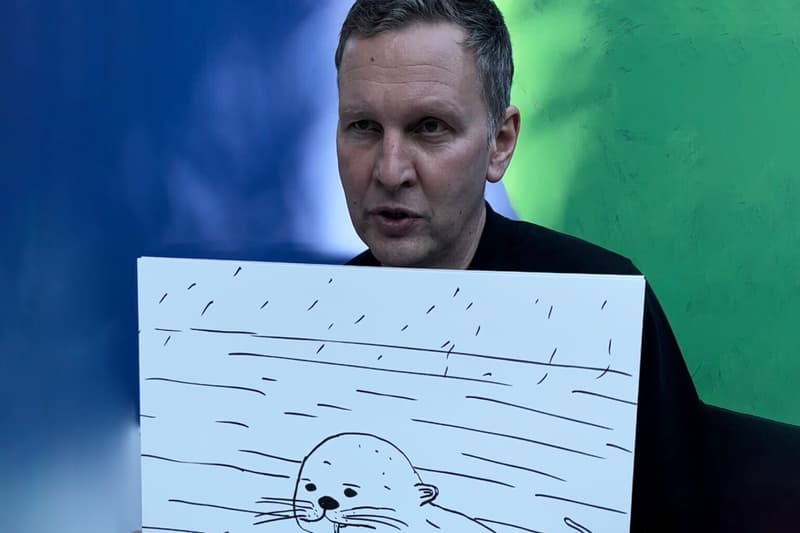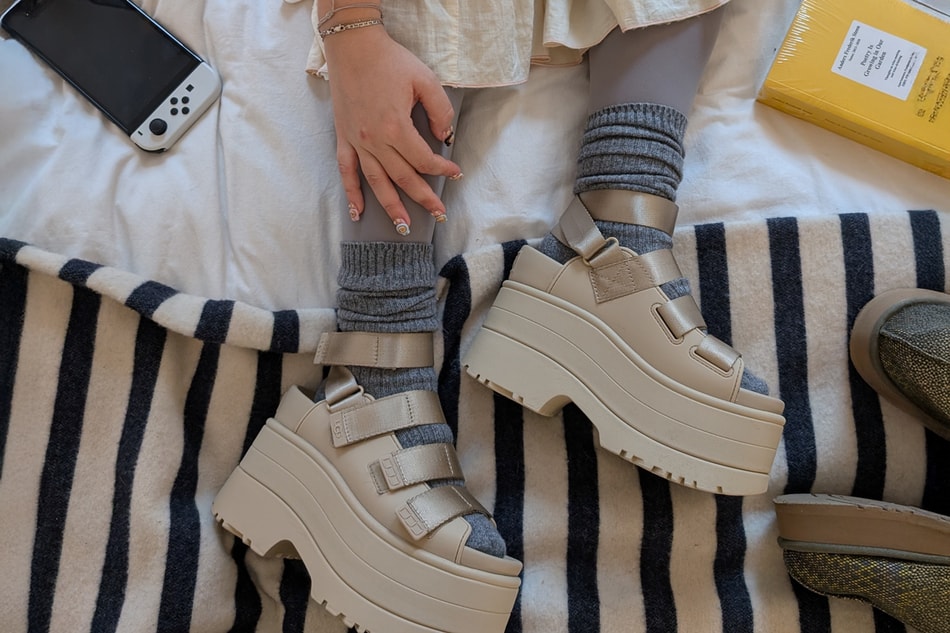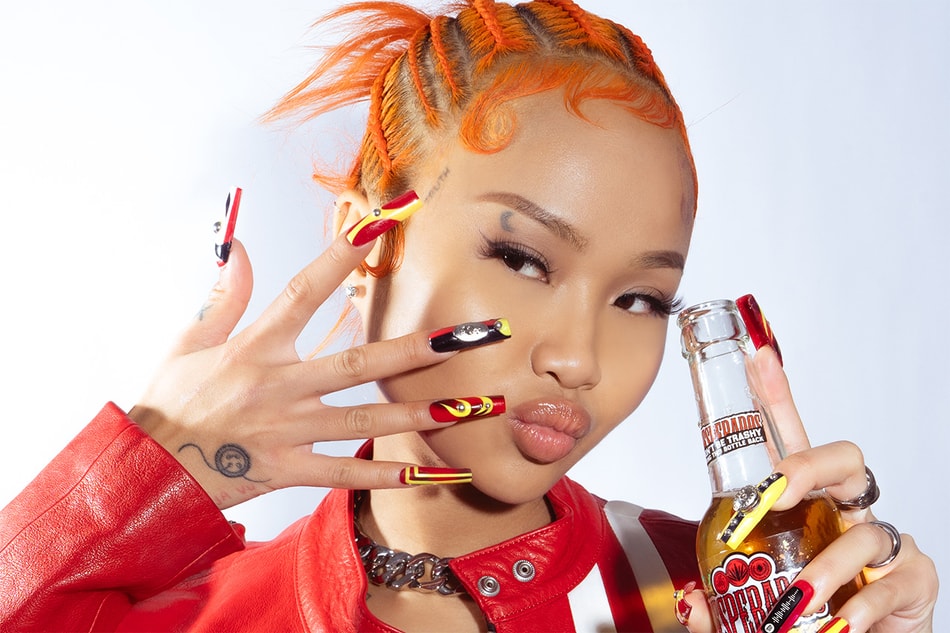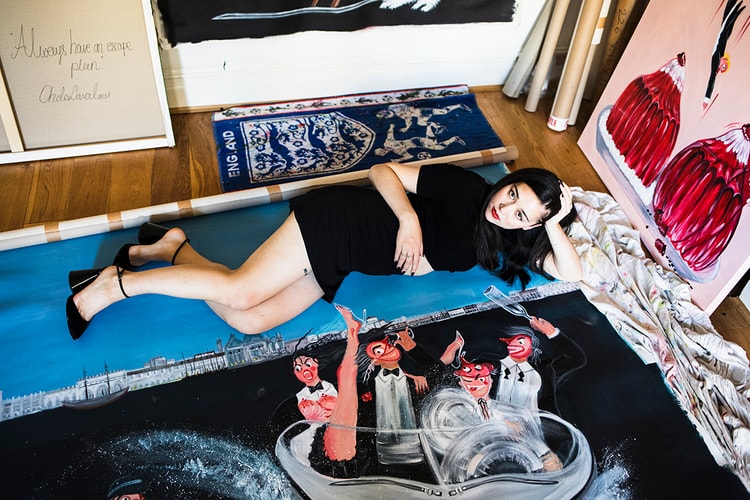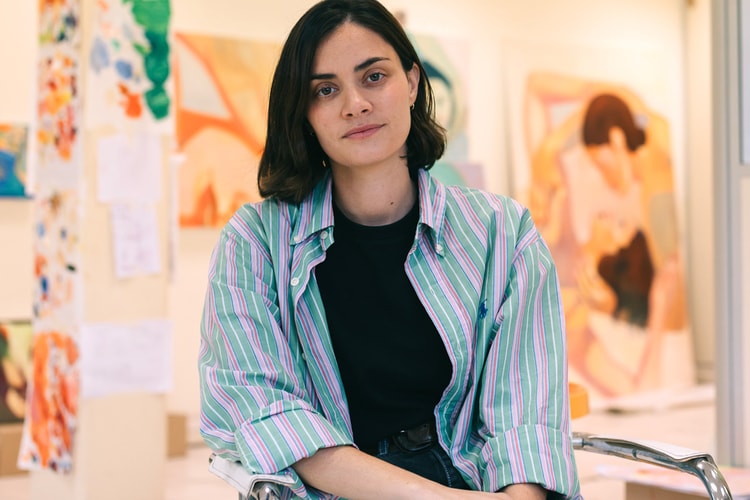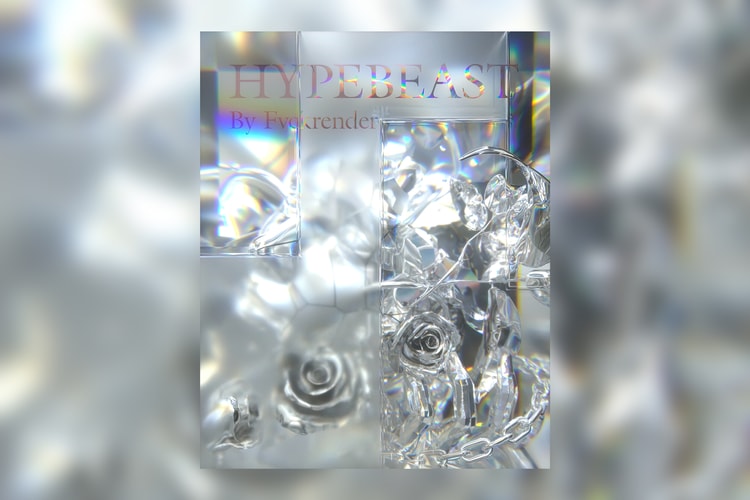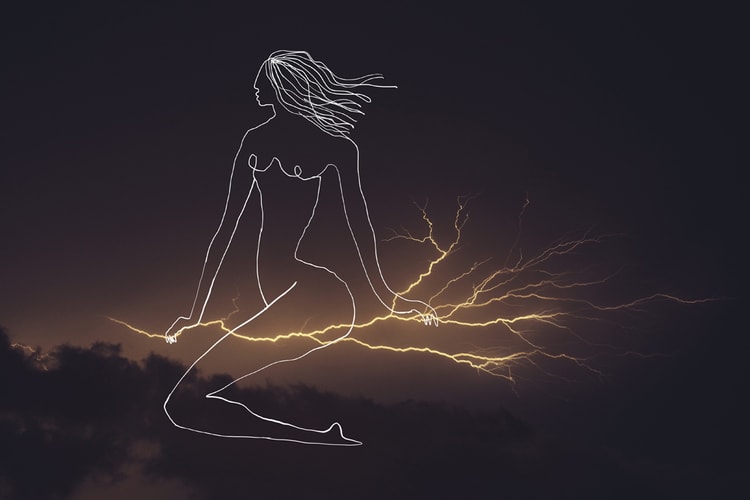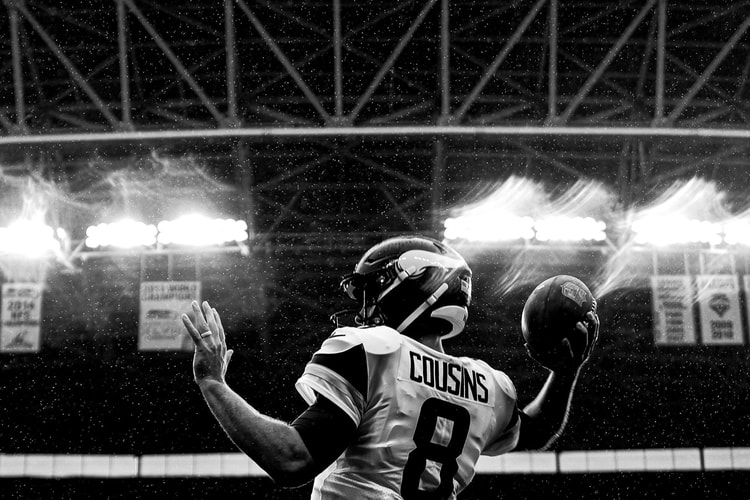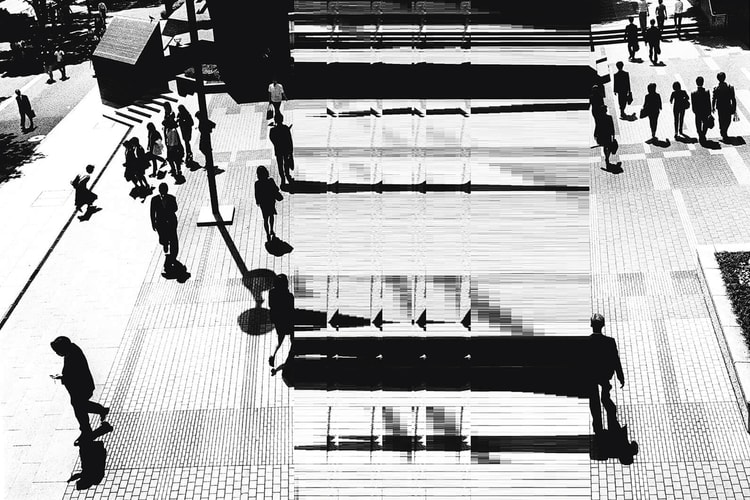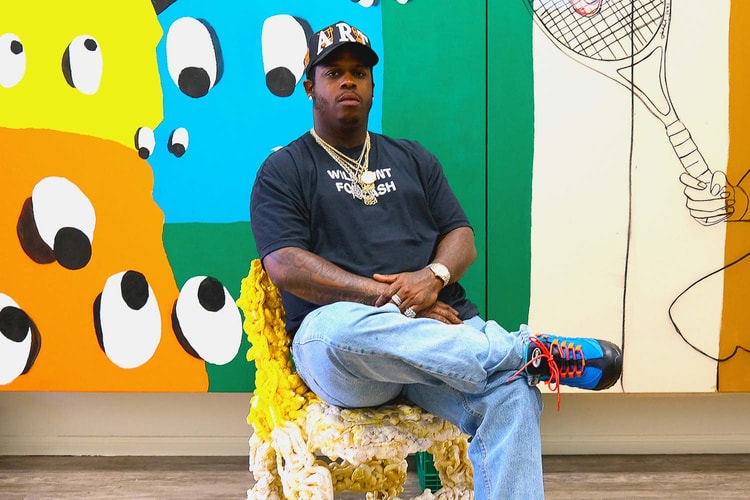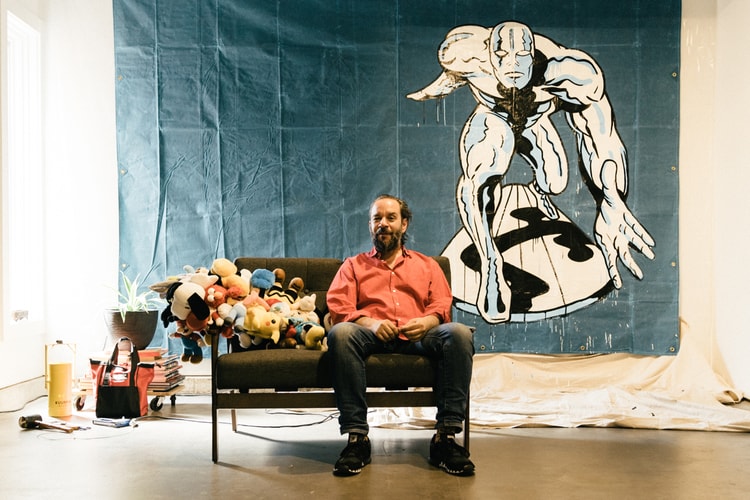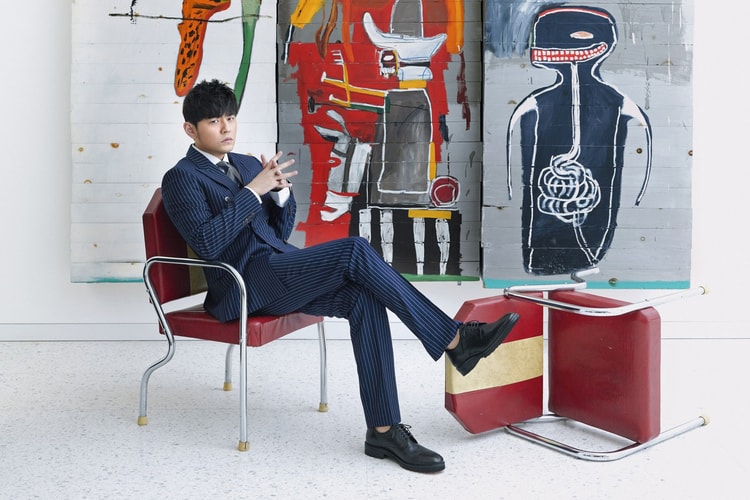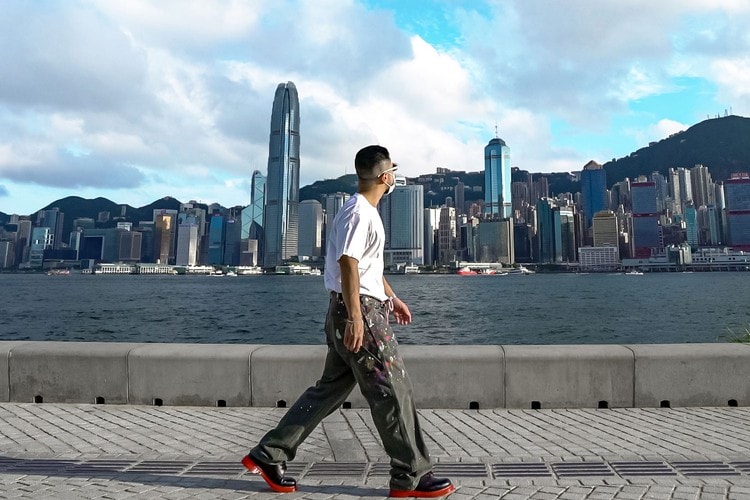How to Draw an Otter With David Shrigley
The acclaimed British artist recognized for his simple, sardonic compositions.
David Shrigley is the British artist most acclaimed for his minimalist drawings and paintings that convey the world’s problems from the past three decades. For Shrigley, the works necessarily aren’t attach to a particular meaning or carry a symbolic undertow, but onlookers will surely have swift assumptions on his sardonic visualizations that filter complicated societal issues into simple illustrations that most can understand.
Every year, maison Ruinart under the LVMH umbrella has invited internationally-recognized contemporary artists to its headquarters to collaborate on a custom project. Trailing Liu Bolin and Vik Muniz, David Shrigley is the latest artist to offer his creative take on Ruinart, doing so with a batch of 36 drawings and guaches alongside three neon works, two ceramic pieces and a door installation. The end result is a project for Art Basel Miami 2021, entitled “Unconventional Bubbles,” that Shrigley uses to offer his grimly mocking commentary about the house’s wine-making process as well as environmental issues.
We paid a visit to Shrigley at his “Unconventional Bubbles” exhibition at the Miami Beach Botanical Garden to get a closer look at this project for Ruinart and also have him teach us on how to create a signature drawing. In our latest “How-To” video, Shrigley goes step-by-step on how to illustrate an otter native to the River Sid in England. All you need to complete this “otter drawing mission” is a pen, paper and watching the video for steps, below.
For more background on Shrigley’s practice, we also spearheaded an intimate one on one interview where the artist relays the processes behind his work and upcoming projects:
There is this sense of kind of championing, I guess, like environmentalism and sustainability in your work, as of late, I would say.
David Shrigley: I think so. And I think there’s that, but there’s also my consciousness of it, but then there’s also everybody else’s consciousness of it that they project onto it. And that’s interesting, but that’s the nature of all artwork, particularly what I do, feels like the work that was about sustainability then it became about COVID and then the work that was about one political situation then became about Brexit, because I live in the UK. So there’s always that projection of meaning onto things, which is really fascinating, because the context has helped the work.
You respond and you reflect to current issues that’s going and on in the world, but looking at your illustrations, some of the subjects do appear random and not really attached to a theme. Let’s say like a pen, or just a person, how do you come up with these random subjects, or are they even random?
I don’t know. Well, in my mind there’s a strategy there, which probably if I articulated it would just seemed pretty bizarre. In my mind, I feel like I’ve drawn everything that there is to draw in the world, or made a visual representation of every thing. But then I also realize I haven’t, obviously I haven’t. And even if I have, I can still make combinations of those things that are still original. So where I come from that starting point of wanting to draw everything and then the work becomes everything. So I don’t start with a statement, I don’t start with an idea, the idea happens as a result of making the work.
What sort of new things are you looking forward to as an artist now?
A lot of things I want to make which are interactive. I mean, the graphic work that I make is just ongoing. I do it all the time and I’ll have a week of making paintings on paper or drawings and then I feel like I want to make a certain number so that they’re sort of finished, more just so I’ve got things to put on social media more than anything else. And then they find their way to an exhibition or whatever at some point. And then there’s the other things that I do, which is just projects that the graphic work kind of pays for. I make electric guitars, I bought all the paperback copies of the Da Vinci Code that there are in all the charity shops in the UK and I’m recycling them and making paper out of them and republishing an addition of George Orwell’s 1984 on the paper that I’ve made from pulped copies of the Da Vinci Code.

